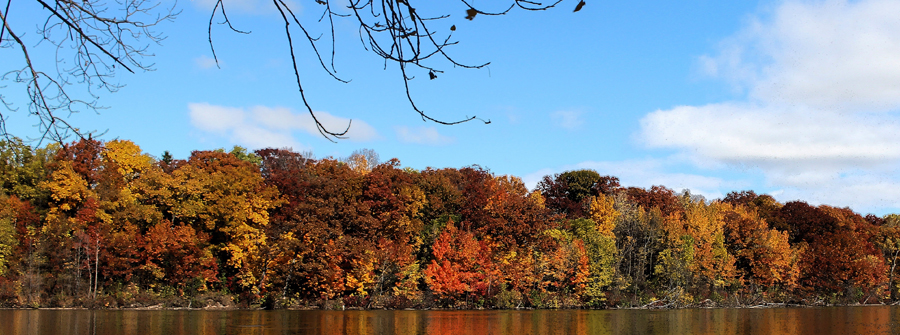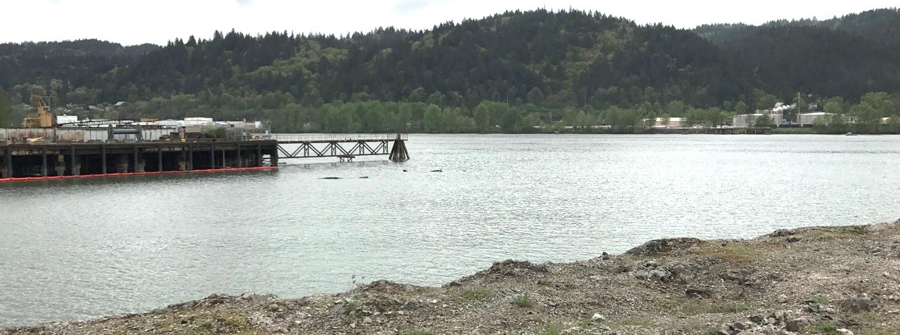Site Restoration & Remediation
IEc consultants collaborate with Trustees and regulators to restore injured resources and remediate contaminated sites. Restoration of natural resources is often necessary to address physical injuries and lost services. For over 30 years, IEc has collaborated with natural resource Trustees to formulate, publicize, refine, and implement restoration plans for habitats and species in over 40 U.S. states.
Our restoration experience extends to an array of resources, including:
- Coastal restoration plans that evaluate dredging programs, submerged aquatic vegetation re-growth, and construction of breakwaters and other coastal structures;
- Restoration plans for upland areas and terrestrial wildlife habitat;
- Hydropower dam removal and impacts on fisheries, water quality, recreation, and public safety; and
- Marine restoration, including artificial reef construction, commercial fisheries management, and elimination of marine debris.
IEc also designs approaches to the cleanup of hazardous waste sites, tailoring solutions to the unique needs of federal, state, and tribal partners. Staff expertise includes risk assessment, contaminant and natural resource evaluations, remedial technologies and sampling methods, Superfund/CERCLA policy, and regulatory support. Representative services include:
- Helping clients formulate and communicate positions on technical and procedural elements of the remedial process;
- Reviewing and commenting on technical documents, including work plans, risk assessments, remedial investigations and feasibility studies (RI/FS), proposed plans, engineering evaluations/cost analyses (EE/CAs), and source control evaluations;
- Providing technical guidance on cleanup standards, alternatives evaluation, dredging, capping, and disposal alternatives (including confined disposal facilities (CDFs) and confined aquatic disposal (CAD) cells).
- Preparing briefings and materials for technical meetings with partners including EPA’s National Remedy Review Board;
- Providing assistance for government-to-government consultations; and
- Serving as a link between remediation and the natural resource damage assessment process.
Project Examples

Fox River Restoration Planning
U.S. Fish and Wildlife Service